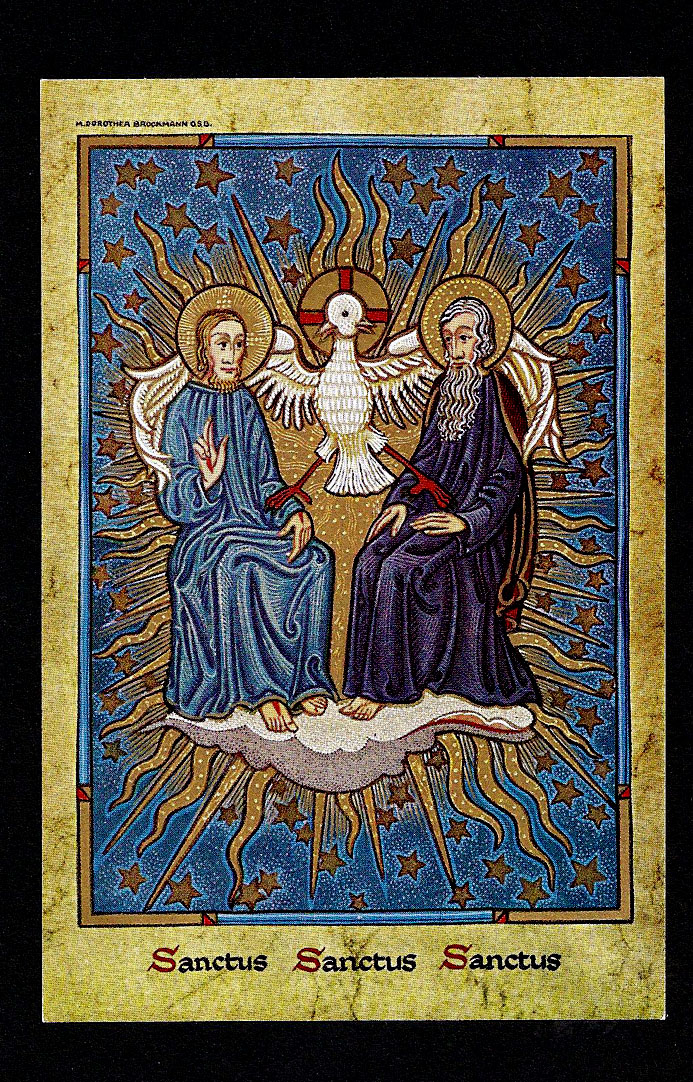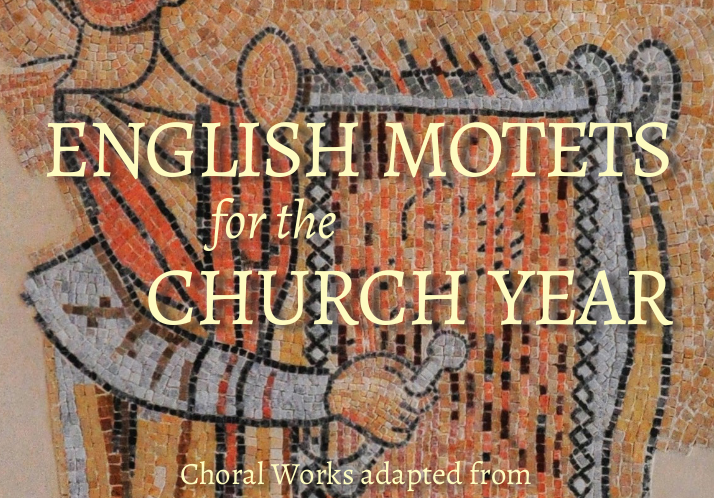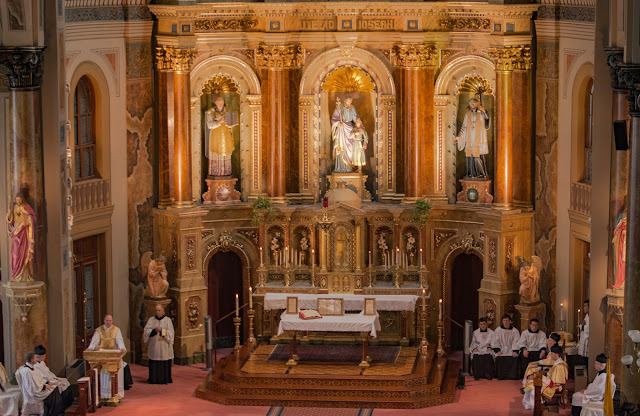I find the experience of hymn writing to have distinct “moments.” There is the initial moment of inspiration, and jotting that all down on paper, followed by the hard work of making a unified whole, followed by editing, and then an initial evaluation. And now that I’ve been doing this for a decade and a half, it is possible to evaluate at a longer distance.
This is one of the original texts I’m happiest about, although I see its flaws, particularly of rhyme. Perhaps it is too heavy-handed with alliteration. Still, it is compact and clear, and expresses something quite striking about our religion. Our foundational saints Peter and Paul were sinners before they were preachers. That is something to think about in the Year of Mercy. It was never about Peter and Paul with them, but always about Christ and His salvation, for themselves as well as for others. And their conversions were bound up with their martyrdoms (John 21:19, Acts 9:16).
Here it is sung to NEWMAN, usually associated with Praise to the Holiest in the Height, which is certainly an allusion that enriches the whole experience of singing the text. Mark Husey was the organist, at St. Peter’s Catholic Church in Columbia, South Carolina.
The lost and dark of mind.
All men and women bound in chains
In Him their freedom find.
The deaf shall understand,
For Jesus guides the erring soul
With His redeeming hand.
And Paul to call Him Lord;
So Peter died upon a cross,
And Paul beneath a sword.
The Church of endless days.
Its rock no more denies the Lord
Its foe now leads His praise.
To seek and save the lost.
Blest be the Lord whose saints reveal
The triumph of His Cross.















